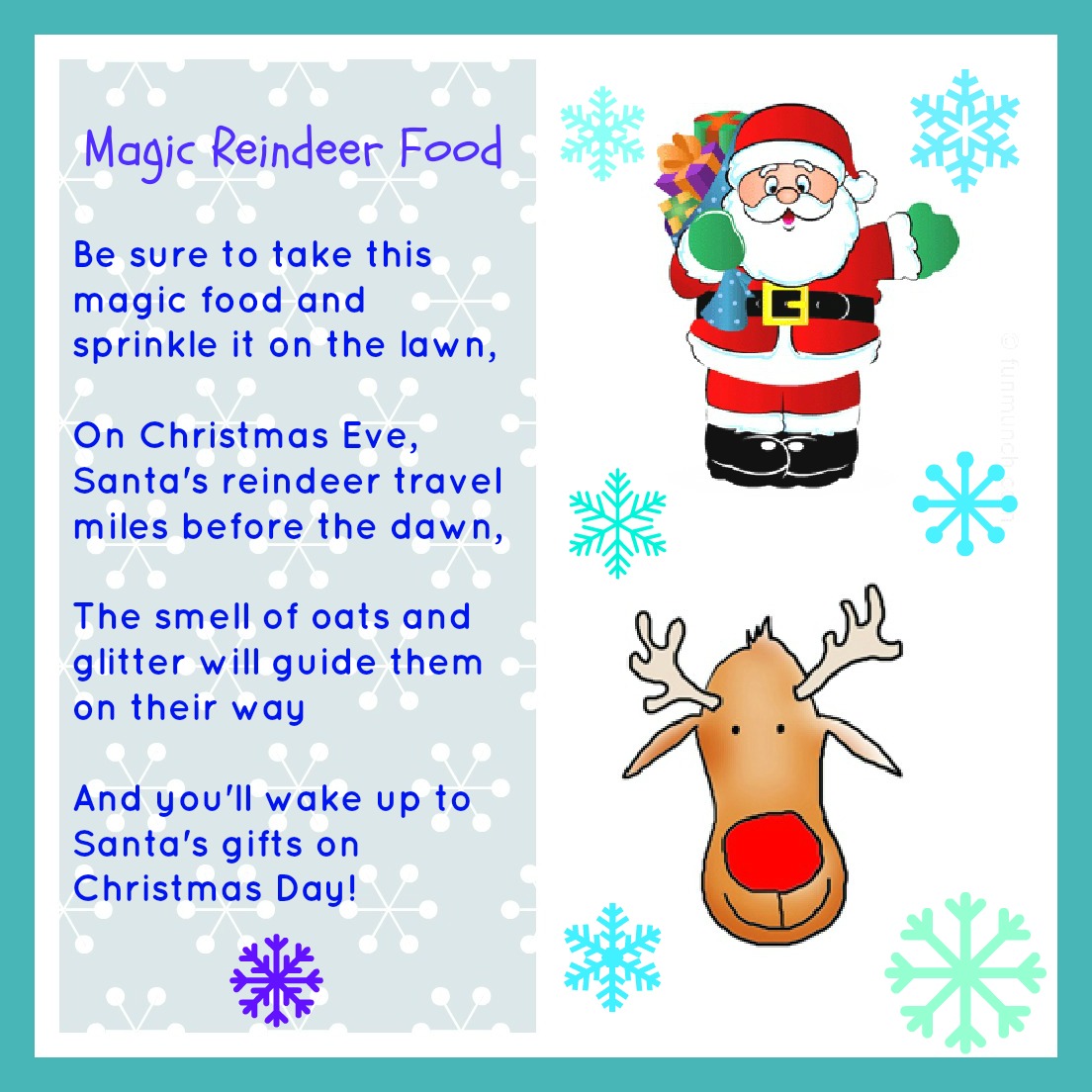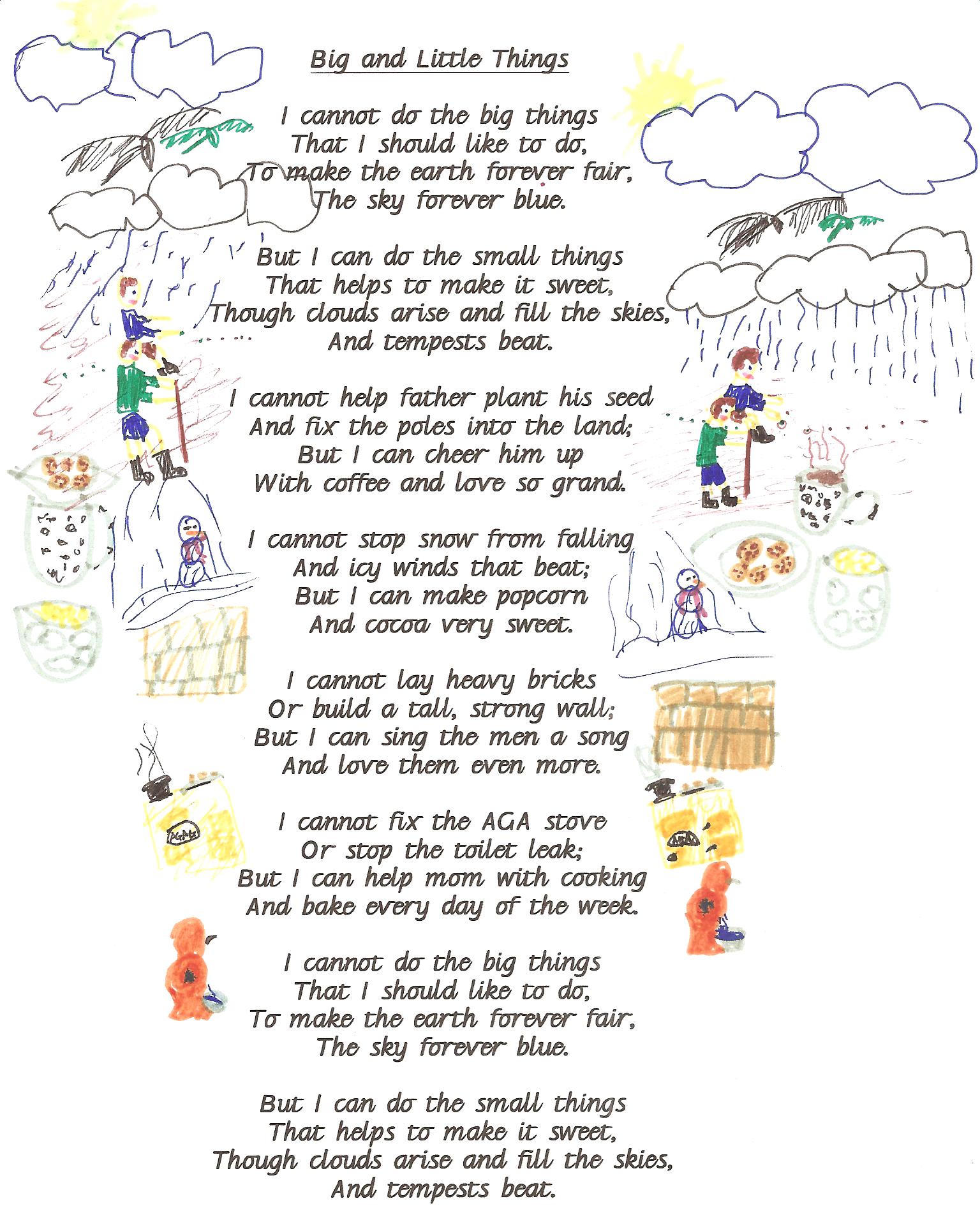Children Poems In English
Source(Google.com.pk)
Children's poetry is poetry written for, or appropriate for children. This may include folk poetry (for example, Mother Gooserhymes); poetry written intentionally for young people (e.g. Shel Silverstein); poetry written originally for adults, but appropriate for young people (Ogden Nash); and poems taken from prose works (Lewis Carroll, Rudyard Kipling).
Rhyme, Alliteration, Assonance
The Old English epic poem Beowulf is in alliterative verse.
Main articles: Rhyme, Alliterative verse, and Assonance
Rhyme, alliteration, assonance and consonance are ways of creating repetitive patterns of sound. They may be used as an independent structural element in a poem, to
reinforce rhythmic patterns, or as an ornamental element.They can also carry a meaning separate from the repetitive sound patterns created. For example, Chaucer used
heavy alliteration to mock Old English verse and to paint a character as archaic.
Rhyme consists of identical ("hard-rhyme") or similar ("soft-rhyme") sounds placed at the ends of lines or at predictable locations within lines ("internal rhyme").
Languages vary in the richness of their rhyming structures; Italian, for example, has a rich rhyming structure permitting maintenance of a limited set of rhymes
throughout a lengthy poem. The richness results from word endings that follow regular forms. English, with its irregular word endings adopted from other languages, is
less rich in rhyme. The degree of richness of a language's rhyming structures plays a substantial role in determining what poetic forms are commonly used in that
language.
Alliteration is the repetition of letters or letter-sounds at the beginning of two or more words immediately succeeding each other, or at short intervals; or the
recurrence of the same letter in accented parts of words. Alliteration and assonance played a key role in structuring early Germanic, Norse and Old English forms of
poetry. The alliterative patterns of early Germanic poetry interweave meter and alliteration as a key part of their structure, so that the metrical pattern determines
when the listener expects instances of alliteration to occur. This can be compared to an ornamental use of alliteration in most Modern European poetry, where
alliterative patterns are not formal or carried through full stanzas. Alliteration is particularly useful in languages with less rich rhyming structures.
Assonance, where the use of similar vowel sounds within a word rather than similar sounds at the beginning or end of a word, was widely used in skaldic poetry, but
goes back to the Homeric epic. Because verbs carry much of the pitch in the English language, assonance can loosely evoke the tonal elements of Chinese poetry and so
is useful in translating Chinese poetry. Consonance occurs where a consonant sound is repeated throughout a sentence without putting the sound only at the front of a
word. Consonance provokes a more subtle effect than alliteration and so is less useful as a structural element.
Rhyming schemes
Divine Comedy: Dante and Beatrice see God as a point of light.
Main article: Rhyme scheme
In many languages, including modern European languages and Arabic, poets use rhyme in set patterns as a structural element for specific poetic forms, such as ballads,
sonnets and rhyming couplets. However, the use of structural rhyme is not universal even within the European tradition. Much modern poetry avoids traditional rhyme
schemes. Classical Greek and Latin poetry did not use rhyme. Rhyme entered European poetry in the High Middle Ages, in part under the influence of the Arabic language
in Al Andalus (modern Spain). Arabic language poets used rhyme extensively from the first development of literary Arabic in the sixth century, as in their long,
rhyming qasidas.Some rhyming schemes have become associated with a specific language, culture or period, while other rhyming schemes have achieved use across
languages, cultures or time periods. Some forms of poetry carry a consistent and well-defined rhyming scheme, such as the chant royal or the rubaiyat, while other
poetic forms have variable rhyme schemes
Most rhyme schemes are described using letters that correspond to sets of rhymes, so if the first, second and fourth lines of a quatrain rhyme with each other and the
third line does not rhyme, the quatrain is said to have an "a-a-b-a" rhyme scheme. This rhyme scheme is the one used, for example, in the rubaiyat form.Similarly, an
"a-b-b-a" quatrain (what is known as "enclosed rhyme") is used in such forms as the Petrarchan sonnet. Some types of more complicated rhyming schemes have developed
names of their own, separate from the "a-b-c" convention, such as the ottava rima and terza rima. The types and use of differing rhyming schemes is discussed further
in the main article.
Children Poems In English About Life About School In Urdu In Hindi About School About Nature About Love About Summer About Fall
Children Poems In English About Life About School In Urdu In Hindi About School About Nature About Love About Summer About Fall
Children Poems In English About Life About School In Urdu In Hindi About School About Nature About Love About Summer About Fall
Children Poems In English About Life About School In Urdu In Hindi About School About Nature About Love About Summer About Fall
Children Poems In English About Life About School In Urdu In Hindi About School About Nature About Love About Summer About Fall
Children Poems In English About Life About School In Urdu In Hindi About School About Nature About Love About Summer About Fall
Children Poems In English About Life About School In Urdu In Hindi About School About Nature About Love About Summer About Fall
Children Poems In English About Life About School In Urdu In Hindi About School About Nature About Love About Summer About Fall
Children Poems In English About Life About School In Urdu In Hindi About School About Nature About Love About Summer About Fall
Children Poems In English About Life About School In Urdu In Hindi About School About Nature About Love About Summer About Fall
Children Poems In English About Life About School In Urdu In Hindi About School About Nature About Love About Summer About Fall










No comments:
Post a Comment